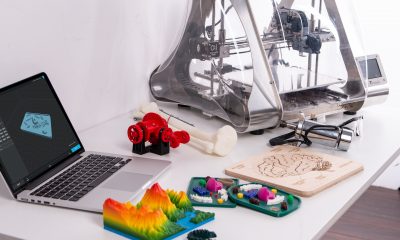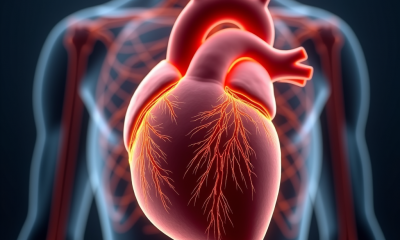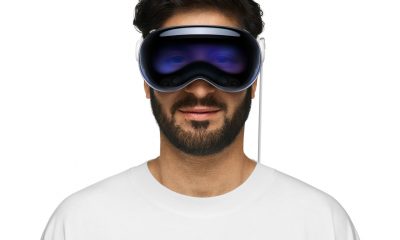The hallowed grass courts of Wimbledon have long been synonymous with tradition, but in 2024, the world’s oldest tennis tournament embraced cutting-edge technology to enhance the fan experience. The All England Lawn Tennis Club (AELTC), in partnership with IBM, leveraged generative artificial intelligence (GenAI) to create an immersive and personalized experience for tennis enthusiasts worldwide.
At the heart of this technological revolution is the IBM watsonx AI and data platform, which powered a suite of innovative features designed to bring fans closer to the action than ever before. One of the standout innovations was the AI-generated commentary, which provided real-time insights and analysis for matches on all 18 courts at Wimbledon.
Kevin Farrar, IBM’s UK Sports Partnership Lead, explained the significance of this development: “For the first time, we’re using generative AI to create commentary for all the courts at Wimbledon. This is a game-changer for fans who want to stay informed about every match, not just those on the main courts.”
The AI commentary system was trained on a vast corpus of tennis-related data, including historical match statistics, player profiles, and expert analysis. This allowed it to generate contextually relevant and engaging commentary that rivaled human experts in its depth and accuracy. The International Tennis Federation has recognized the potential of such technologies to broaden the sport’s appeal and accessibility.
But the innovations didn’t stop there. Wimbledon’s official app and website featured an AI-powered chatbot called “Wimbledon Assistant,” which utilized natural language processing to answer fan queries on a wide range of topics. From match schedules and player statistics to venue information and historical trivia, the assistant provided instant, accurate responses, enhancing the overall fan experience.
The AELTC’s commitment to innovation was further demonstrated through the introduction of personalized highlight reels. Using computer vision and machine learning algorithms, the system analyzed match footage in real-time, identifying key moments such as spectacular rallies, emotional reactions, and match-defining points. These highlights were then automatically compiled and tailored to individual fan preferences, creating unique, shareable content for each user.
Alexandra Willis, Communications and Marketing Director at the AELTC, emphasized the importance of balancing tradition with innovation: “While we cherish our heritage, we’re always looking for ways to enhance the Wimbledon experience. Our partnership with IBM allows us to push the boundaries of what’s possible in sports technology, all while maintaining the essence of what makes Wimbledon special.”
The integration of GenAI at Wimbledon is part of a broader trend in sports technology. The MIT Sloan Sports Analytics Conference, a leading forum for sports analytics, has highlighted the growing role of AI in enhancing performance analysis, fan engagement, and operational efficiency across various sports.
One of the most intriguing applications of GenAI at Wimbledon was the “What If” simulator. This feature allowed fans to explore hypothetical scenarios by altering variables such as weather conditions, player form, or even historical matchups. The AI model would then generate realistic outcomes based on these inputs, providing a fascinating blend of entertainment and analytical insight.
The technology also played a crucial role in enhancing the tournament’s sustainability efforts. By optimizing resource allocation and energy usage across the venue, the AI system contributed to Wimbledon’s goal of becoming a net-zero emissions event by 2030. This aligns with the broader sports industry’s push towards sustainability, as outlined by the United Nations Framework Convention on Climate Change.
From a business perspective, the integration of GenAI has opened up new revenue streams and marketing opportunities. Advertisers can now target fans with hyper-personalized content and offers, based on their viewing habits and interactions with the AI systems. This level of customization has the potential to significantly increase engagement and conversion rates.
However, the use of AI in such a high-profile sporting event also raises important ethical considerations. The European Union’s AI Act, which aims to regulate AI applications, provides a framework for addressing concerns around data privacy, algorithmic bias, and transparency. Wimbledon and IBM have been proactive in addressing these issues, implementing strict data protection measures and ensuring that AI-generated content is clearly labeled as such.
Looking ahead, the success of GenAI at Wimbledon is likely to inspire similar innovations across other sports and major events. The International Olympic Committee has already expressed interest in exploring AI technologies to enhance the Olympic experience, potentially revolutionizing how global sporting events are consumed and experienced.
As we move further into the digital age, the line between physical and virtual sports experiences continues to blur. Virtual reality (VR) and augmented reality (AR) technologies, powered by GenAI, could soon allow fans to experience Wimbledon from the perspective of their favorite players or even participate in virtual tennis matches against AI opponents trained on the styles of tennis legends.
The integration of GenAI at Wimbledon represents a significant milestone in the evolution of sports technology. By seamlessly blending tradition with innovation, the tournament has set a new standard for fan engagement and operational excellence in the world of tennis and beyond.
As Kevin Farrar aptly put it, “The possibilities are endless. We’re just scratching the surface of what AI can do for sports. The future of tennis – and indeed all sports – is going to be more immersive, more personalized, and more exciting than ever before.”
As we look to the future, it’s clear that the serve-and-volley of technology and tradition at Wimbledon will continue to captivate audiences worldwide, ensuring that the oldest tennis tournament remains at the cutting edge of sports innovation for generations to come.


 Home4 years ago
Home4 years ago
 Medical4 years ago
Medical4 years ago
 Gadgets4 years ago
Gadgets4 years ago
 Environment4 years ago
Environment4 years ago
 Medical4 years ago
Medical4 years ago
 Energy4 years ago
Energy4 years ago













